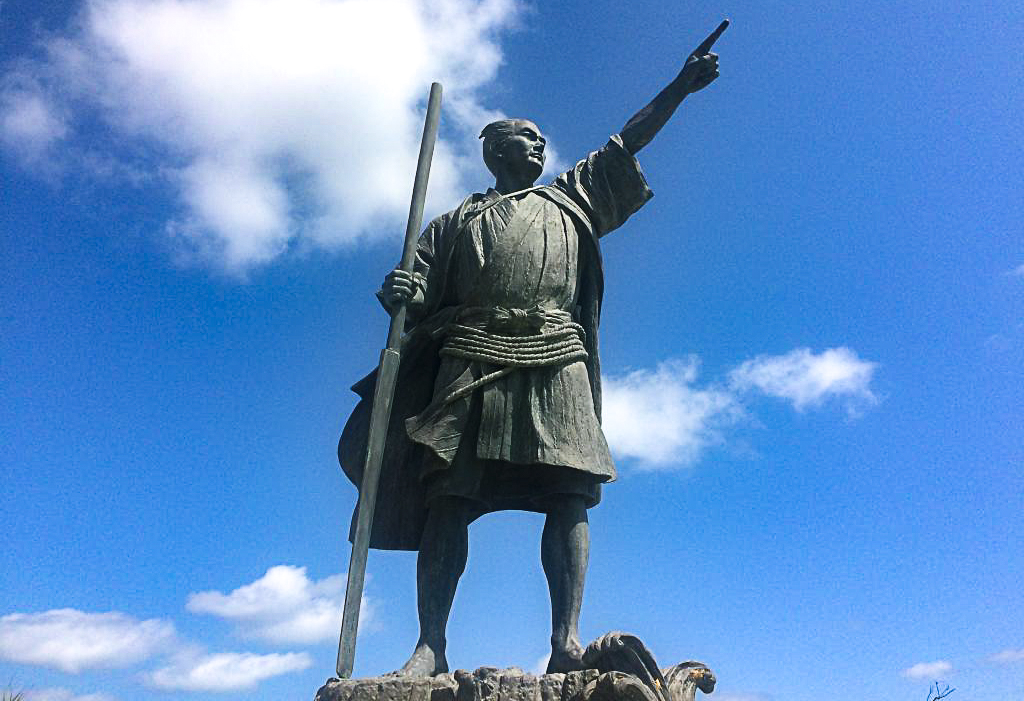Shima society (shima shakai) is a term that describes local communities in Okinawa Prefecture and the Amami Islands. It corresponds to village society (mura shakai) or insular mentality or provinciality (shimaguni konjō) on the mainland.
Shima in old Japanese language and Okinawan dialect means “island” as well as “village” and does not necessarily refer only to a remote island in the sea.
In Okinawa and Amami during the Ryūkyū Kingdom era, regional communities formed while centering on sacred groves(utaki), and through local rituals, people shared a sense of belonging and shared values and experiences as residents of the same shima.
Despite the modern division of administrative units, the basic framework of shima in Okinawa has been maintained since the Meiji period and has continued to the present day.
The merits and demerits of Shima society
The shima society of Okinawa and Amami is more active than the local communities on the mainland, such as in having their own property (the legal position is that of a group based on property wards and territorial relationship) and in compiling their own “Village History” (Aza-shi), a phenomenon only found in Okinawa in which each village section (aza) competes in creating bulky historical village records with topics ranging from local myths and legends to tradition and folklore. Although the shima concept has declined compared to the past, it still boasts of its solidarity in some areas.
In the past, shima societies were repressive on the inside and there were incidents of attacking and killing those who disobeyed the rules of the village or those who did not like it (Sanshi Incident, Gushikami Restraint Death Case, Itoman Group Murder Case), and it had a xenophobic side to it similar to the village society on the mainland.
Against this background, even today, speech and conduct that contradict the “collective opinion of the island society” provokes antipathy, and it still has subtle influence on modern Okinawan society. However, due to changes in times and society, such as the deepening of human exchanges, the development of an information-oriented society, and the diversification of values, the harmful effects of the shima society are fading compared to the past. However, in rural areas and on remote islands, discrimination against people from other villages still remains deep-rooted, and derogative expressions such as “temporary resident” (kiryūmin), which refer to immigrants from outside the region, are used on a daily basis.
Among those who disliked such a closed society, tombs called “moai grave” (moai-haka) also appeared. Moai are acquaintances and friends and a moai grave means that a person rather shares a grave with real friends, making the point of “at least after I die, I want to be buried with like-minded friends who are not captured by the shima society.”
Examples of past human rights violations by Shima society
Leprosy patients
Before the Second World War, the prevalence of Hansen’s disease in Okinawa Prefecture was higher than in other prefectures, but there was not a single leprosarium on the main island of Okinawa. Discrimination against Hansen’s disease patients was so severe that when the Okinawa prefectural authorities were trying to establish a leprosarium in 1931, riots occurred, known as the Arashiyama Incident, and the government had to abandon the plan. In 1938, Okinawa Prefectural Kunigami Airakuen (now National Sanatorium Okinawa Airakuen) was finally established.
Amami residents
After the war, when the Amami Islands were reverted to the Japanese mainland in 1953 ahead of Okinawa Prefecture, not only did Amami residents lose their right to vote and were expelled from public office due to the change in the form of government to which they belonged, they were also openly discriminated by refusal of commercial transactions with other Amami residents and exclusion from private companies. The Okinawan mass media also made reports to fuel this discrimination.
Discrimination against capable persons
Uchima Kanemaru (later King Shō En) was from Izena Island, but the reason he went to the capital of Shuri was not to become famous.
After the death of his parents, Kanemaru was involved in farming and worked tirelessly to produce a harvest that never failed. The villagers were jealous and tried to kill him, so he escaped the island by a hair’s breadth. For this reason, even after Kanemaru ascended the throne and began the second Shō dynasty, the Shō dynasty remained indifferent towards Izena Island, and did nothing in particular other than building Izena Tamaudun for Kanemaru’s parents.
© 2023, Andreas Quast. All rights reserved.

